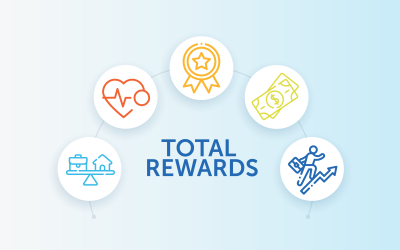Every successful organization is backed by competent and dedicated staff. It’s imperative that your company keeps its best people, constantly performing well and have an accurate knowledge of every employee’s competencies and weaknesses. If a company is looking for ways to get its workforce more engaged, retain its best employees, and continue to have a steady rate of growth, Workforce Analytics is the best place to start.
Before getting started, there are a few things that have to be identified and answered.
- The strategy of the organization or, where the company will be in the next five or so years and how they plan on getting there.
- Knowing which job roles are most critical to the organization’s success
- Finding out whether or not the workforce is fully motivated and ready to accept challenges.
- Identification of change- how, where and when.
Asking and finding answers to these questions and problems will be the foundation on which your Workforce Analytics plan can be built. A variety of tools are available for mapping and sharing the company strategy as well as capturing workforce sentiment through climate and engagement initiatives.
With your foundation in place, companies can then turn to Workforce Analytics to enable decision support. The process of analytics itself is contained in six simple steps.
Step 1: Determine the one main central problem
Identify the single point of focus, the question or problem you are raising for analysis.
Step 2: Formulate a working model
This can be a simple matrix that explains how to handle a potential crisis or one that can focus on the “central problem” and eliminate the contributing factors to it.
Step 3: Capture data that is relevant
This step is the most important one in the process. Your people and platform will be working with the data that is collected, so it has to be accurate and relevant. Sometimes, the collection of data has to be situation sensitive as well. For example, if you are analyzing employee trust in leadership, a survey that involves the employees’ view on management would be futile if it was conducted openly by the managers.
Step 4: Apply statistical and operations research tools
There are a variety tools that can be used to crunch and analyze the numbers collected, from Microsoft Excel to SPSS to niche workforce analytics and large business intelligence platforms. Regardless of the tool, they must be used in such a way that the facts are presented “as is” and not twisted to please the researcher.
Step 5: Infer the results and publish findings
Once the data has been analyzed, it has to be published and presented so that key participants on the problem resolution team know the results. Dashboards and other graphical visualization platforms are ideal for sharing and collaborating on the findings.
Step 6: Set strategies and future work plans
New action plans based on the results of the research can then be drawn up. The entire point of measurement and analysis is to act on the findings. Having stated that, sometimes no action is a valid course. But there is no point to performing all the analysis if a plan is not followed closely and kept on track.
The steps presented are a simplified version of the entire procedure. It may seem daunting at first, but with the help of a workforce analytics partner to guide you through the steps, you will be able to consistently repeat the process on your own when the next critical decision support requirement arises.


